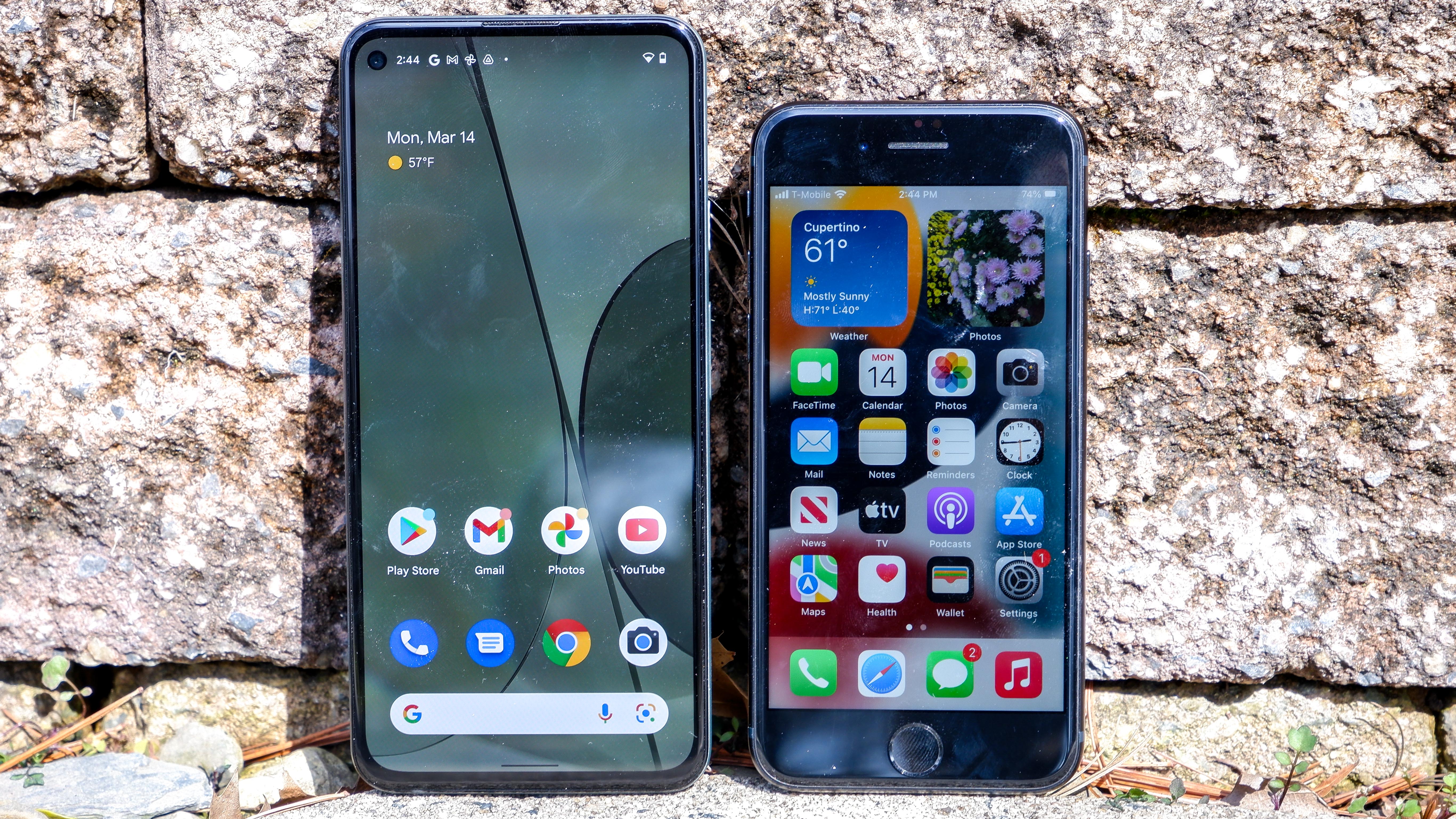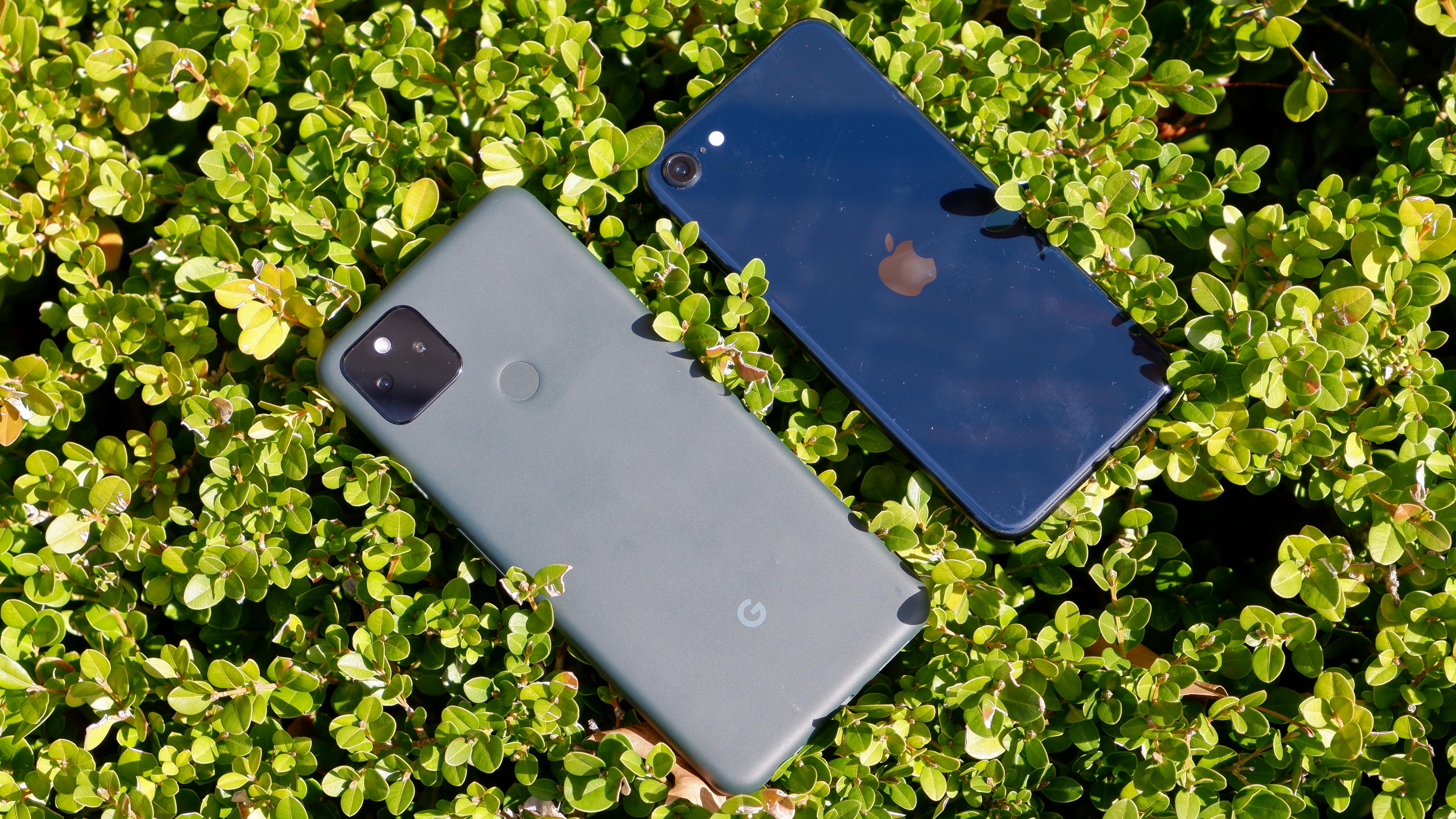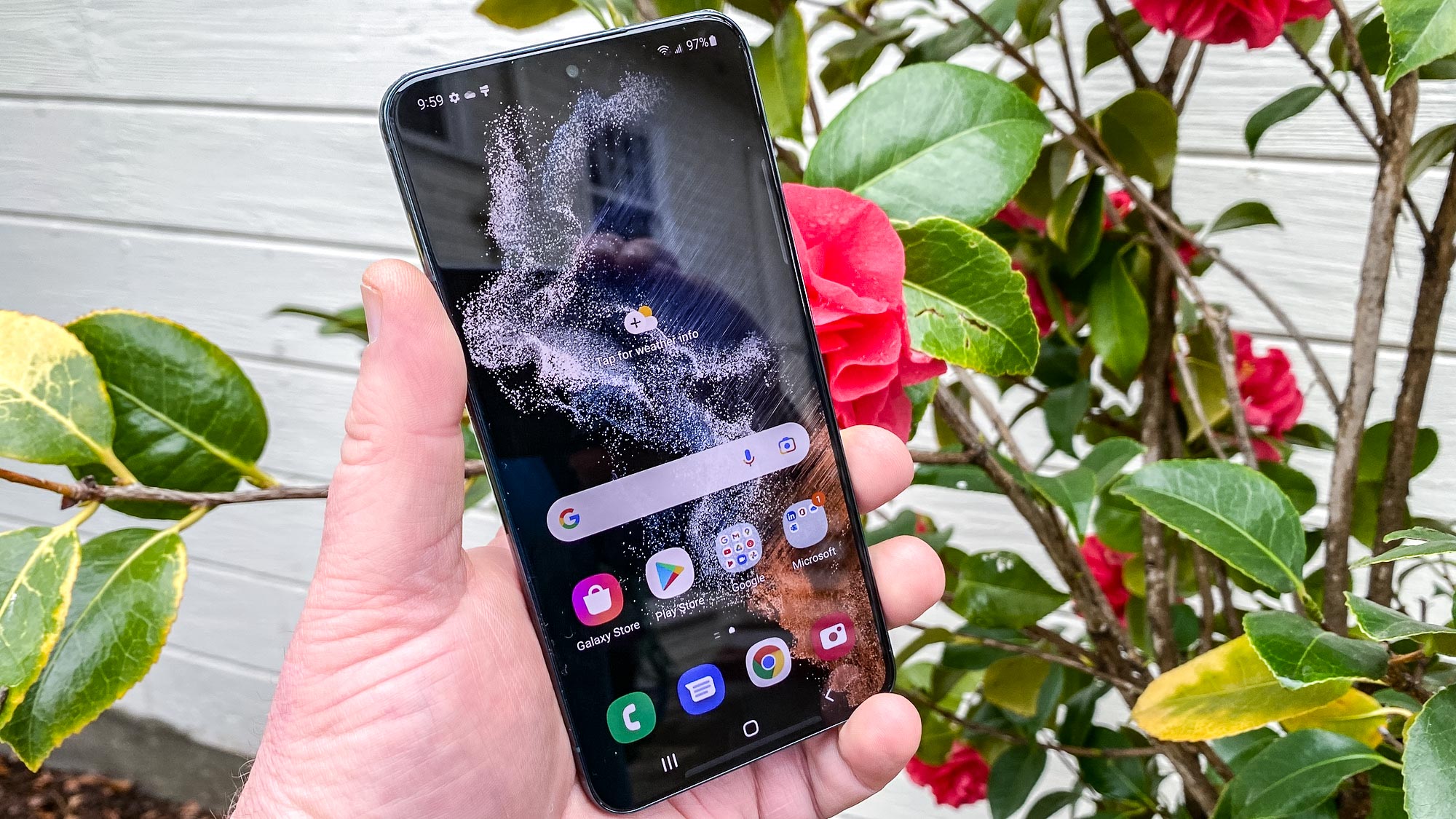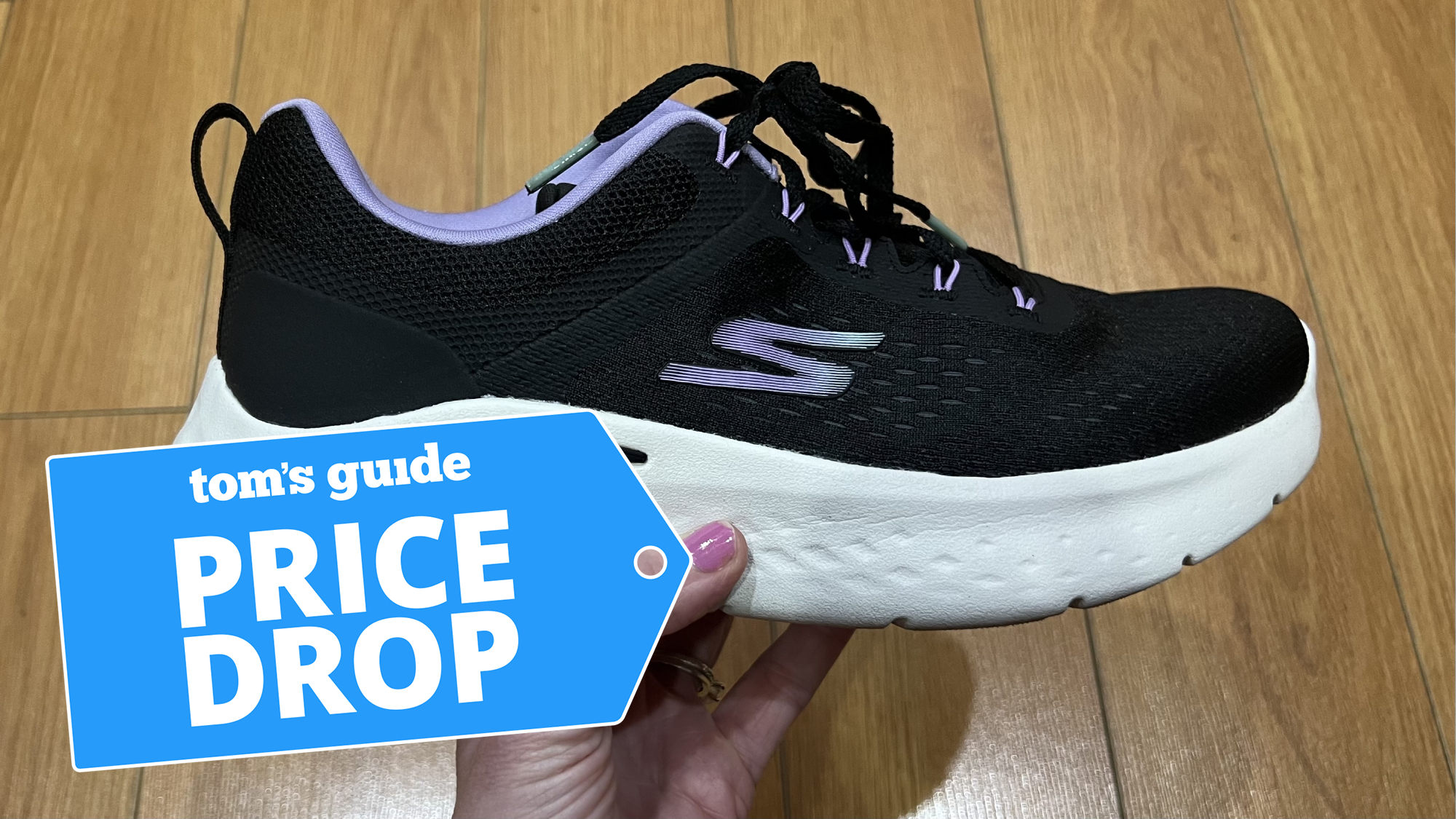The small phone is officially over
The iPhone SE is the latest device to reveal that people want bigger screens

The 2020s are not shaping up to be a golden era for small phones and the people who love using them. Phone makers continue to crank out handsets with screens that are 6 inches or larger, while the number of available compact devices seems to shrink every year.
That trend seems likely to continue, especially amid rumors of a less-than-enthusiastic reception for one of the few new small phones to debut this year. The iPhone SE (2022) just arrived last month, but a couple of reports claim that Apple is scaling back production on the 4.7-inch phone.
Analyst Ming-Chi Kuo cut his forecast of expected iPhone SE sales by 10 million units, while Loop Capital analyst John Donovan claims that Apple is scaling back on the number of iPhone SE orders from its supply chain.
Avi Greengart, an analyst with Techsponential, cautions against drawing too much meaning from supply chain reports: "There are any number of reasons why production on a specific model or an individual factory may be cutting back," he said — but allows that the trends are not encouraging for anyone who prefers smaller phones to phablets.
A smartphone is a window into your connected world. You want that window to be as big as possible while still fitting in your pocket.
— Avi Greengart, Techsponential
"The sales trends have been clear for years," Greengart added. "People want bigger displays."
Certainly, Apple is one of the few major phone makers to offer devices with screen sizes smaller than 6 inches. Besides the latest iPhone SE, there's the iPhone 13 mini as well as last year's discounted iPhone 12 mini. Both of those phones feature 5.4-inch panels. Of course, both phones are also rumored to be posting less-than-stellar sales as well. (Apple doesn't break down iPhone sales by model, but it's fairly clear that the iPhone 13 and iPhone 13 Pro have been the big drivers for the company's phone business since their debut in the fall.)

You'd be hard-pressed to find other high-profile compact phones out there. After offering a 5.8-inch screen with the Pixel 5a, Google switched to a 6.3-inch panel for the Pixel 5a last year, and the Pixel 6a is also expected to feature a 6-inch-plus display when it appears this year. All three phones in Samsung's Galaxy S22 lineup have displays greater than 6 inches; the lower-cost Galaxy S21 FE offering skews larger, too, with a 6.4-inch screen.
If iPhone 14 rumors are true, Apple could be joining its competitors in turning its back on small phones. A persistent rumor claims the mini model may be a goner, with Apple instead offering a 6.1-inch iPhone 14, plus a 6.7-inch iPhone 14 Max as counterpoints to its pricier Pro models. In other words, the focus for this year's iPhone lineup seems to be on giving shoppers the option of a lower-cost large screen phone as opposed to a more compact model.
If iPhone 14 rumors are true, Apple could be joining its competitors in turning its back on small phones.
Put another way, smartphones have truly become the computer in your pocket that Steve Jobs described when he first showed off the original iPhone in 2007. The processors are more powerful, and the available apps more engrossing and immersive. Messaging apps have superseded the phone itself as our primary means of communicating with friends, co-workers and family. And we think nothing of watching a big-screen epic on a device that fits in our pocket. Naturally, a bigger screen helps us carry out all those tasks.
Screens are also much sharper than the 480 x 320 panel that graced the first iPhone. These days, budget devices boast Full HD resolution, so again, we want larger screens to show off more detailed graphics, photos and videos.
Because the smartphone is such a central part of our daily life, we also need a device that lasts a long time on a charge. While there's more to the best phone battery life than a big power pack, a bigger phone can accommodate a bigger cell. And it's worth noting that the only recent iPhone models that fail to beat the average smartphone on our battery test are Apple's two smallest models, the iPhone 13 mini and the iPhone SE (2022).
The only recent iPhons that fail to beat the average smartphone on our battery test are Apple's two smallest models: the iPhone 13 mini and the iPhone SE (2022).
The changing shape of displays has also made larger screens more palatable to people who previously preferred compact models. Edge-to-displays with small bezels allow for more slender form factors than the bulky phablets of a few years ago. "Samsung’s Galaxy S22 is actually relatively compact," said Greengart of Samsung's 5.7 x 2.8 x 0.3-inch flagship. "It is smaller than the Galaxy S21 was, and [the Galaxy S22] offers a premium cameras and display."

The Galaxy S22 comparison seems especially apt to me, as that phone's compact size was one of the things that struck me, both during my review of Samsung's device and my month-later S22 follow-up. I'm a long-time fan of small phones, but with the number of sub-6-inch options declining — and my aging eyesight clamoring for bigger text — I find myself increasing turning to devices that manage to squeeze larger screens into still-compact design.
It's a future that a lot of small phone fans may have to embrace, especially if the mini and SE models of the world begin to thin out.
Sign up to get the BEST of Tom's Guide direct to your inbox.
Get instant access to breaking news, the hottest reviews, great deals and helpful tips.
Philip Michaels is a Managing Editor at Tom's Guide. He's been covering personal technology since 1999 and was in the building when Steve Jobs showed off the iPhone for the first time. He's been evaluating smartphones since that first iPhone debuted in 2007, and he's been following phone carriers and smartphone plans since 2015. He has strong opinions about Apple, the Oakland Athletics, old movies and proper butchery techniques. Follow him at @PhilipMichaels.
-
ge0kas That's not the case. We (runners) have been waiting years for a full blown small device.Reply
Instead, they make medium-to-poor small devices and they keep flagships for the huge screens

